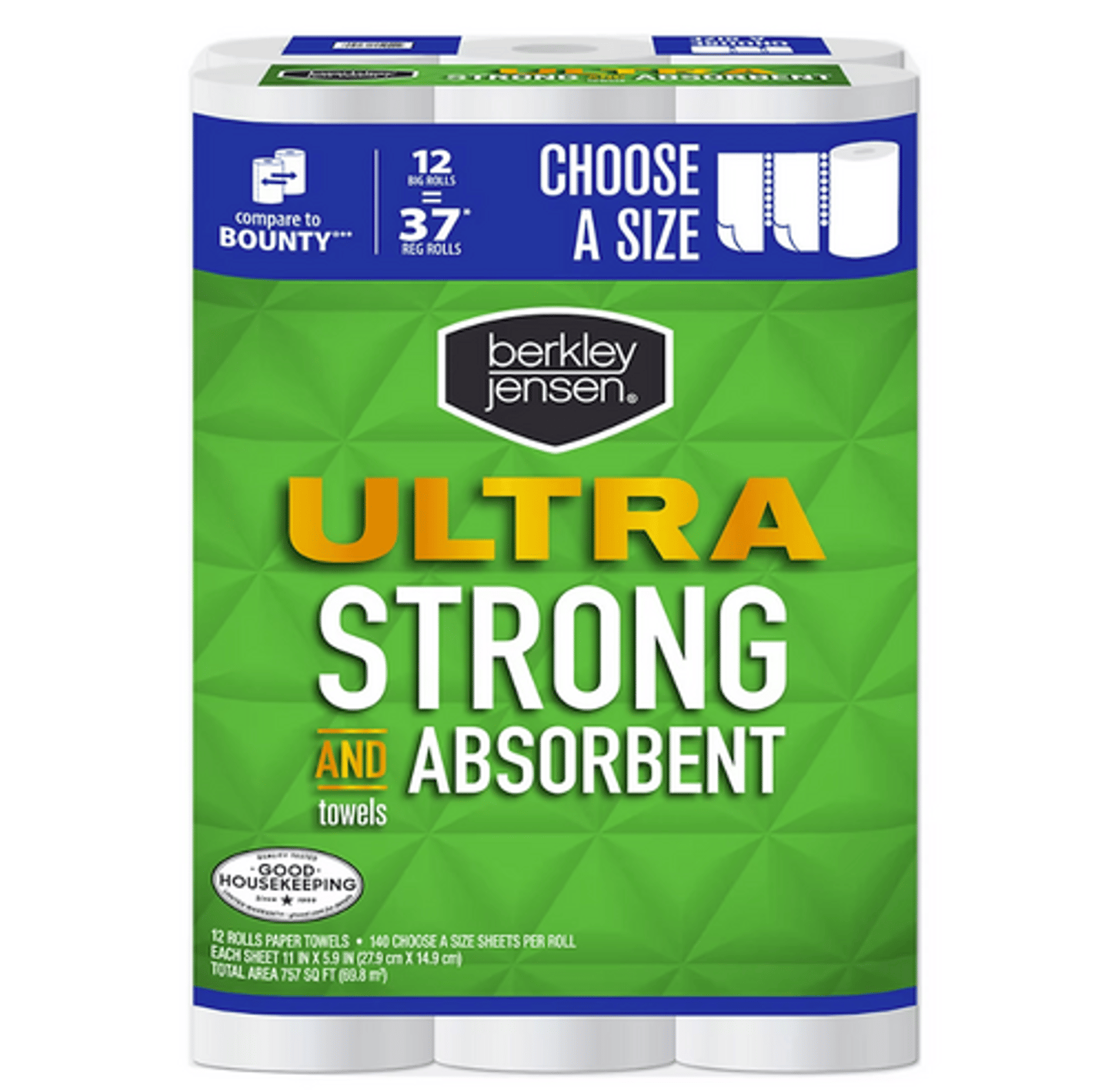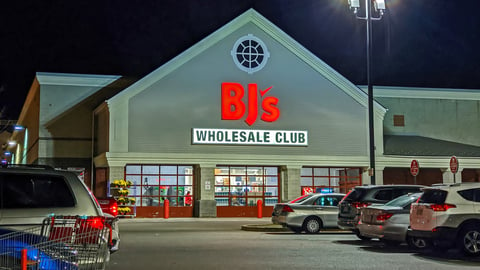BJ's Wholesale Sees Continued Store Brand Growth
BJ’s Wholesale Club closed out its fiscal year 2023 on a strong note with quarterly and annual revenue increases, and company officials are citing private label product sales as a key factor in that growth.
For the quarter ended February 3, the retailer reported an 8.7% year-over-year increase in net sales with full year net sales up 3.3%.
“I’m pleased to report another record year in fiscal 2023 as our own brand sales grew approximately three times faster than our broader business, outpacing the market’s growth of own brands,” said Bob Eddy, president and CEO of BJ’s Wholesale Club. “Our own brands—Wellsley Farms and Berkley Jensen—provide our members with high-quality products and deep savings.”
Overall, company private label sales now make up more than 25% of its business, and BJ’s officials are confident in expanding that figure to 30%.
Leading the way in private label growth at BJ’s Wholesale has been its sundries categories. Of note, the retailer’s paper category delivered dollar share growth of 7.5% with units up 8.5%.
“Penetration and repeat purchase rates have grown nicely as well, signifying deeper loyalty to our brand,” Eddy said. “On the heels of this success, we are leaning into additional categories this year, including food storage, snacking nuts, and coffee.”
The expansion of its private label assortment into the aforementioned categories will not only provide its shoppers with additional cost-saving options, but also have a positive impact on boosting margins, company officials said.
“Our brands have been a continued growth effort for us that offer tremendous value to our members with savings for them, and also additional loyalty for us,” Eddy said. “And it also provides us better margins somewhere near (10%) better when you compare a typical own brand item against a typical national brand equivalent. As we continue to grow, that should provide opportunities for margin rate growth.”




